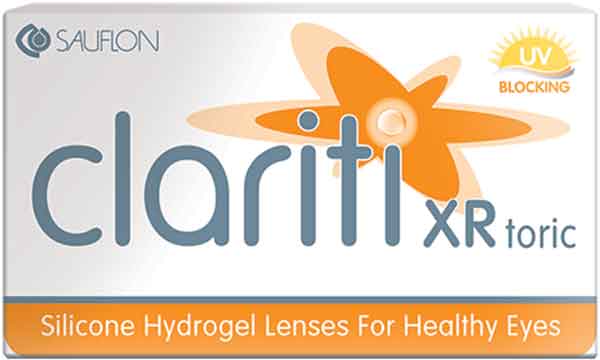Elizabeth Lumb provides an update on the Clariti Toric family of contact lenses
Toric contact lens fitting is now far removed from being revered as a speciality lens fit and this is reflected when tracking prescribing trends over the past decade.1
Work carried out by Young indicates that over one third of prospective contact lens wearers require an astigmatic correction2 and this closely matches the prescribing habits of UK eye care practitioners (ECPs) for reusable soft toric CLs.1 Better manufacturing and reliable reproducibility, combined with straightforward and predictable fitting characteristics have all contributed to the changes witnessed in prescribing behaviours over this time (Figure 1).
Register now to continue reading
Thank you for visiting Optician Online. Register now to access up to 10 news and opinion articles a month.
Register
Already have an account? Sign in here

